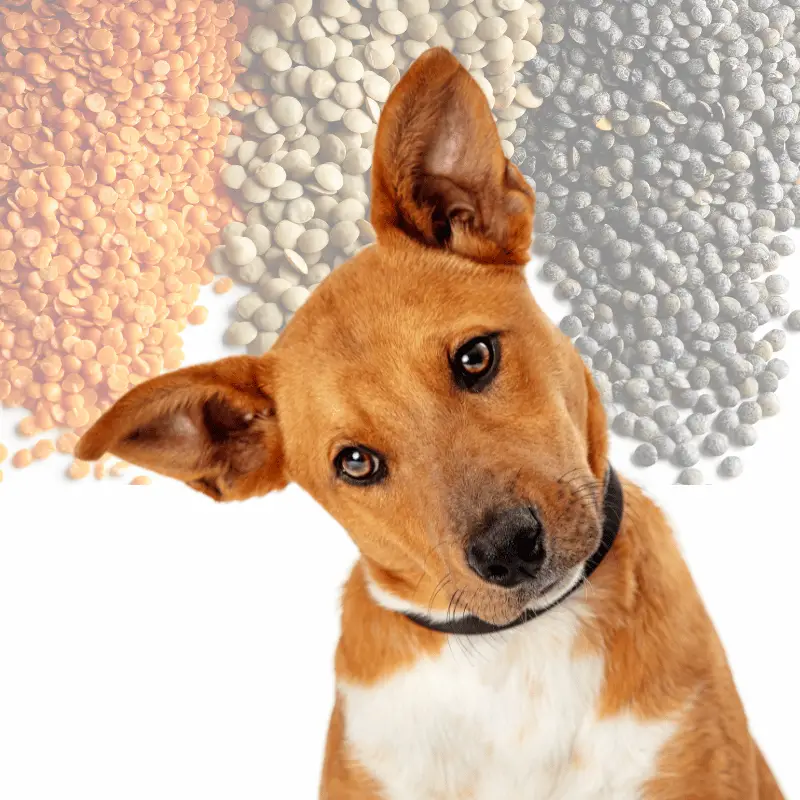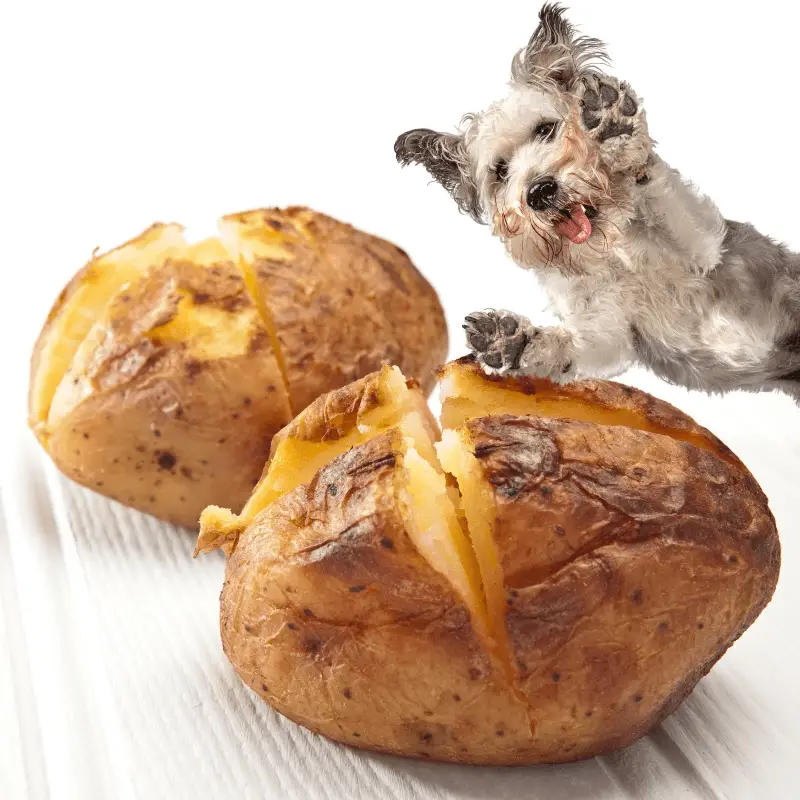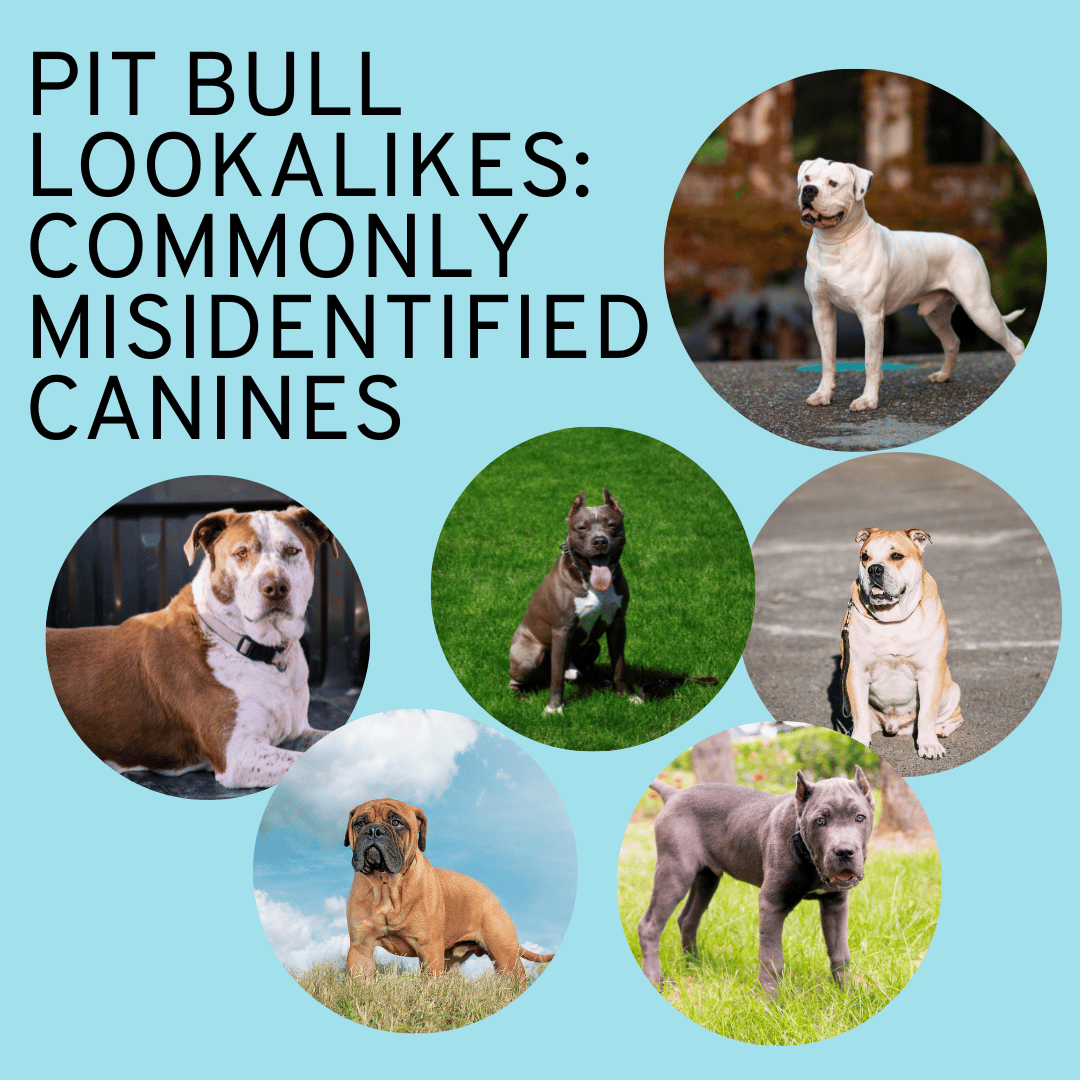Being a dog owner, I’ve always strived to prioritise my furry companions’ care and nutrition. Like many others, I used to believe that the front labels on dog food packages were enough to determine the quality and healthiness of the product. However, it was shocking when I discovered that the food I had been feeding my dog for many years contained harmful ingredients.
Realising that I had unknowingly risked my dog’s health was disheartening. Every dog owner must be aware of the harmful ingredients that can be found in dog food. We must go beyond the attractive packaging and marketing claims and carefully examine the ingredient list.
Ingredients like artificial preservatives, fillers, and additives can harm our dogs’ well-being, causing allergies, digestive issues, and long-term health problems.
Below is a list of what ingredients are bad in dog food. Choose a different dog food is recommended if you find any of these listed on the back of the packaging.
Artificial Preservatives
- BHA (butylated hydroxyanisole)
- BHT (butylated hydroxytoluene)
- Ethoxyquin
Artificial preservatives such as BHA, BHT, and ethoxyquin are commonly added to dog food to extend its shelf life. However, these preservatives have been linked to various health issues in dogs. BHA and BHT have been shown to promote the development of tumours and cancerous cells in animals. While initially developed as a pesticide, ethoxyquin has been associated with liver and kidney damage in dogs.
Artificial Colors and Flavors
Artificial colours and flavours are often added to dog food to make it more visually appealing and palatable. However, these additives have no nutritional value and may cause dog allergies and sensitivities. Additionally, some artificial colours have been linked to hyperactivity and behavioural problems in dogs.
Meat By-Products
Meat by-products are the leftover parts of animals not commonly consumed by humans, such as organs, bones, and cartilage. While some meat by-products can be nutritious, there is a lack of transparency and quality control. It is difficult to determine the specific source and quality of the by-products used in dog food, which may lead to lower quality and potentially harmful ingredients being included.
Corn and Wheat
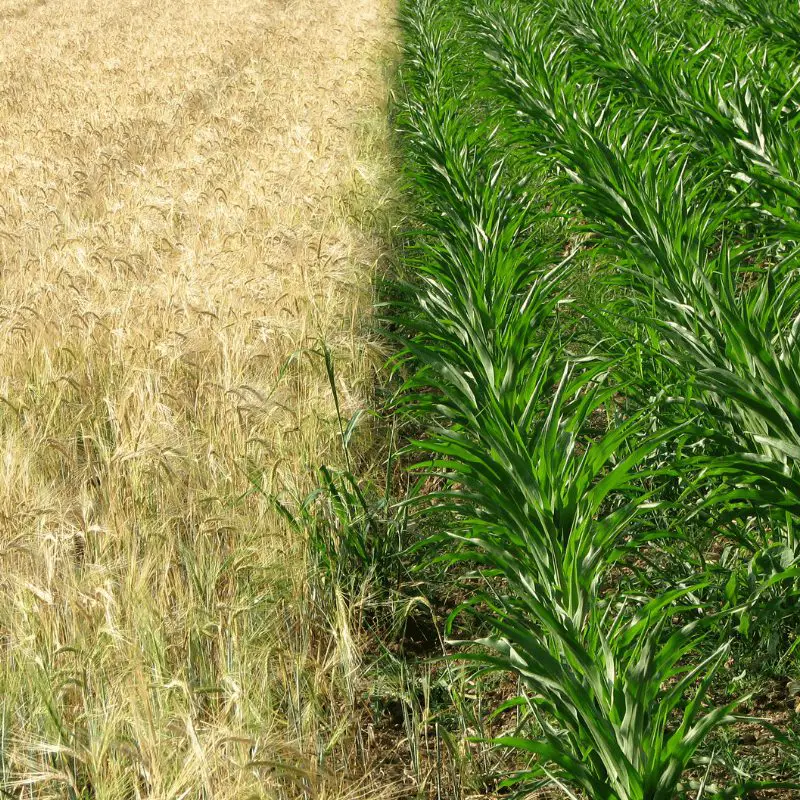
Known to be a common allergen for dogs.
Corn and wheat are common fillers used in dog food. While these ingredients can provide energy, they are also known allergens for some dogs. Additionally, they have a high glycemic index, which can cause spikes in blood sugar levels and contribute to weight gain. It is best to opt for dog food that uses whole, unprocessed grains or alternative sources of carbohydrates.
Added Sugar and Salt
Added sugar and salt are unnecessary in a dog’s diet and can lead to various health problems. Excessive sugar consumption can contribute to weight gain, dental issues, and diabetes in dogs. High sodium intake from added salt can lead to dehydration, kidney problems, and high blood pressure in dogs.
Propylene Glycol
Propylene glycol is a chemical used to maintain moisture in dog food. While it is generally considered safe for dogs in small amounts, excessive consumption can lead to toxicity. Symptoms of propylene glycol toxicity include muscle twitching, seizures, and liver damage.
Carrageenan
Carrageenan is a thickening agent derived from seaweed commonly used in wet dog food. However, it has been linked to digestive issues and inflammation in animals. It may also interfere with nutrient absorption and contribute to gastrointestinal disorders.
Propyl Gallate
Propyl gallate is an antioxidant that prevents fats from spoiling in dog food. However, it has been associated with dogs’ allergic reactions and liver damage. Long-term exposure to propyl gallate may also increase the risk of cancer in animals.
Artificial Fillers and Binders
Artificial fillers and binders are additives that bulk up dog food and bind the ingredients together. These fillers provide little to no nutritional value and can lead to weight gain and digestive issues in dogs. It is best to choose a dog food that uses whole, natural ingredients instead.
Nitrates/Nitrites
Nitrates and nitrites are commonly used as preservatives in processed meats, and they can also be found in some dog foods. These additives have been linked to human cancer and may have similar risks for dogs. It is best to avoid dog food that contains nitrates and nitrites.
MSG (Monosodium Glutamate)

Dog food that requires MSG to enhance its flavours is considered poor quality.
MSG is a flavour enhancer commonly found in processed foods, including some dog foods. While MSG is generally considered safe for dogs in small amounts, excessive consumption can lead to increased thirst, diarrhoea, and vomiting.
Sodium Hexametaphosphate
Sodium hexametaphosphate is a dental additive that prevents tartar buildup in dog food. However, it can interfere with mineral absorption and contribute to urinary tract issues in dogs. Long-term consumption of sodium hexametaphosphate may also lead to kidney problems.
White Flour
White flour is a refined grain that lacks essential nutrients and fibre. It can contribute to weight gain, blood sugar spikes, and digestive issues in dogs. Opting for dog food that uses whole grains or alternative sources of carbohydrates is a healthier choice.
Meat and Meat Meal
While meat and meat meals can be a valuable source of protein for dogs, the quality and sourcing of these ingredients are crucial. Low-quality meat and meat meals may contain harmful contaminants, such as antibiotics and hormones, which can negatively impact a dog’s health. It is best to choose a dog food that specifies the source, type and quality of meat used.
Artificial Colors
Artificial colours are added to dog food to enhance its appearance. However, these additives provide no nutritional value and can potentially cause dog allergies and sensitivities. Some artificial colours have also been linked to hyperactivity and behavioural problems in dogs.
Gluten
Gluten is a protein found in wheat, barley, and rye grains. While most dogs can tolerate gluten without issue, some may have sensitivities or allergies. Gluten intolerance can lead to digestive issues, skin problems, and inflammation in affected dogs.
Corn Syrup
Corn syrup is a sweetener high in sugar and provides no nutritional value to dogs. Excessive consumption of corn syrup can contribute to weight gain, dental issues, and diabetes in dogs. It is best to choose a dog food that avoids adding sugars.
Farmed Salmon
Farmed salmon is often contaminated with antibiotics, pesticides, and other toxins. These contaminants can accumulate in a dog’s body over time, potentially leading to health problems. It is best to choose a dog food that uses wild-caught salmon or other sources of omega-3 fatty acids.
Soy
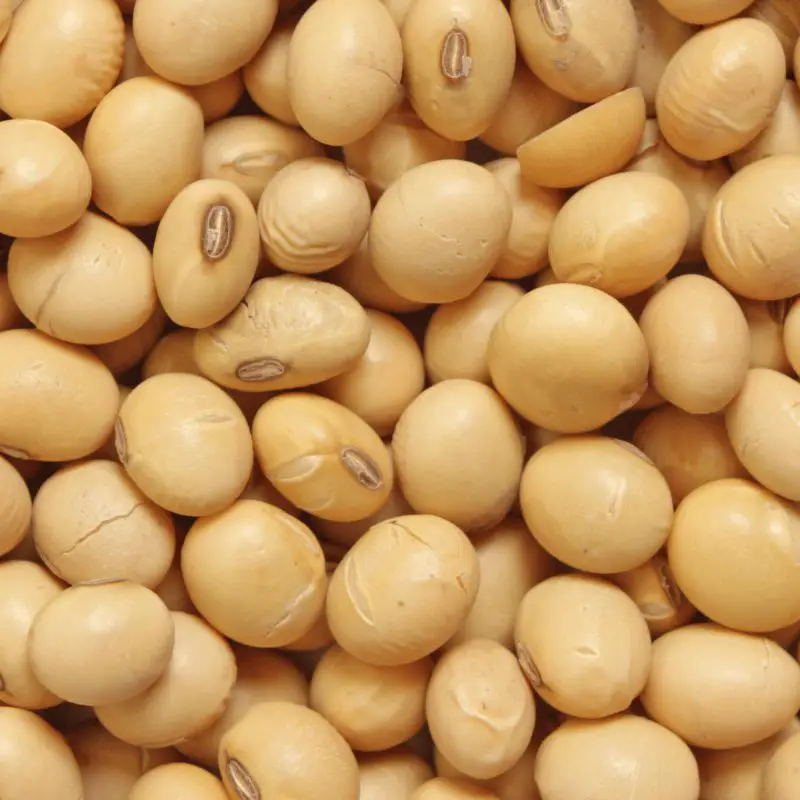
Soy is a typical dog allergen and can lead to digestive issues, skin problems, and inflammation.
Soy is a typical dog allergen and may cause digestive issues, skin problems, and inflammation in sensitive individuals. It is best to choose a dog food that avoids soy or offers alternative plant-based protein sources.
Rendered Fat
Rendered fat is the by-product of the rendering process, which involves cooking down animal tissues to extract fat. The quality and sourcing of rendered fat can vary and may include low-quality and potentially harmful ingredients. Choosing a dog food that clearly specifies the source and quality of fats used is best.
Vegetable Oil
While some vegetable oils can benefit dogs, it is crucial to consider the quality and sourcing. Low-quality vegetable oils may be heavily processed, contain harmful additives, or come from genetically modified sources. Choosing a dog food that uses high-quality and minimally processed vegetable oils is best.
Cellulose
Cellulose is a plant-based fibre used as a filler in some dog foods. While it can contribute to digestive health, excessive cellulose consumption can lead to nutrient deficiencies, as it may interfere with the absorption of essential nutrients. It is best to choose a dog food that uses whole, unprocessed sources of fibre.
Decoding Dog Food Labels: Understanding Other Ingredients and Their Meanings
Understanding the Role of Cereals in Commercial Dog Foods and Addressing Dietary Sensitivities
Cereals are a common ingredient in many commercial dog foods and can provide a source of carbohydrates and energy for dogs. However, “cereals” is quite broad and can encompass various grains such as wheat, corn, barley, and rice. Some dogs may have specific dietary sensitivities or allergies to certain grains, so it’s essential to consider your individual dog’s needs and any dietary restrictions they may have. If your dog has a known sensitivity or allergy to a specific cereal grain, it would be best to choose a dog food that does not contain that particular grain.
The Role of Animal Derivatives in Pet Food: Understanding the Ingredients
“Animal derivatives” is a term used to describe a mixture of animal tissues, such as organs, muscles, and other parts, that are not fit for human consumption. While this term is vague and can include various animal sources, it is commonly used in pet food formulations. The specific animal sources may not be listed, but it typically contains parts like hearts, lungs, liver, or other internal organs.
It’s important to note that the quality and type of animal derivatives can vary depending on the brand and specific product. However, animal derivatives can generally provide a source of protein and other essential nutrients for dogs. Choosing a reputable brand that clearly states the source and quality of their animal ingredients is always recommended.
Understanding Crude Fibres in Dog Food
Crude fibres, or dietary fibre, are carbohydrates that enzymes cannot digest in a dog’s digestive system. It refers to the indigestible portion of plant-based ingredients in the diet. Crude fibres include cellulose, hemicellulose, and lignin found in plant cell walls.
Although dogs are primarily carnivores, a moderate amount of dietary fibre can have several benefits. Fibre can aid in promoting healthy digestion, preventing constipation, and regulating bowel movements. It can also help with weight management by providing a feeling of fullness and reducing overeating.
The crude fibre content in dog food is measured as a percentage and can vary depending on the ingredients used in the formulation. It is important to note that not all fibres are the same, and some sources of fibre may be more beneficial than others. High-quality sources of fibre for dogs include fruits, vegetables, and whole grains.
The appropriate percentage of crude fibre in dog food can vary depending on the dog’s age, breed, activity level, and specific dietary needs or health conditions. However, as a general guideline, a 2-5% crude fibre content is suitable for most dogs.
A low percentage of crude fibre (below 2%) can indicate a lack of dietary fibre, resulting in poor digestion and potential issues like constipation. On the other hand, a high percentage of crude fibre (above 5-6%) may be excessive for some dogs and can lead to loose stools or gastrointestinal upset.
Understanding Crude Ash in Dog Food
Crude ash in dog food refers to the mineral content of the food. It includes the minerals left behind after the food has been burned at high temperatures. Crude ash is not a harmful ingredient but rather an indicator of the overall mineral content in the food. It can include calcium, phosphorus, magnesium, and potassium minerals. The term “crude” denotes that the ash content is an estimate, not an exact measurement.
The ideal amount of crude ash in dog food can vary depending on the dog’s specific nutritional needs. Generally, a high amount of crude ash would be considered above 10%. A low amount would be below 5%.
The best amount of crude ash in dog food depends on the dog’s age, breed, activity level, and specific health conditions. Generally, a balanced and complete dog food will have an appropriate amount of crude ash to meet the dog’s mineral requirements without exceeding them.
Understanding the Importance of Moisture Levels in Dog Wet Food
Moisture in dog food refers to the amount of water in the product. It is typically expressed as a percentage and indicates the food’s hydration level. Moisture content is an essential consideration in dog food as it affects the product’s overall texture, palatability, and shelf life. Additionally, it is crucial to monitor the moisture content of dog food as it can impact the nutritional value and potential for microbial growth.
What is the optimal moisture level for wet dog food?
The best moisture level in dog wet food is typically around 75-85%. This high moisture content is important for maintaining proper hydration in dogs, as they are limited to drinking water compared to other animals. Wet food with a higher moisture level can help prevent dehydration and promote urinary tract health.
Additionally, the high moisture content in wet food can benefit dogs who may not drink enough water on their own or have specific health conditions requiring increased hydration. It can also be helpful for dogs with dental issues or those who have difficulty chewing dry kibble.
However, it is essential to note that the specific moisture level may vary depending on the brand and type of wet food. It is always recommended to check the product label for the exact moisture content.
What is the optimal moisture percentage for kibble?
The best moisture level in kibble for dogs is typically around 8-10%. This ensures that the kibble is not too dry, which can lead to dehydration, digestive issues, and potential urinary problems. However, it is important to note that the specific moisture level can vary slightly depending on the brand and type of kibble. It is always recommended to consult with your veterinarian to determine the best moisture level for your dog’s specific needs.
For instance, an example of a dog food label as below
Analytical constituents
- Crude Protein 10.2%
- Crude Fat 5.1%
- Crude Ash 2.5%
- Crude Fibres 0.5%
- Moisture 80%
This means that dog food contains 10.2% protein, 5.1% fat, 2.5% ash, 0.5% fibre, and 80% moisture. These percentages are the approximate amounts of these nutrients in the dog food.
- Crude Protein: This refers to the total amount of protein in dog food, including all the essential amino acids needed for the dog’s growth, maintenance, and repair of body tissues. Protein is vital for muscle development and overall health.
- Crude Fat: This is the total fat present in dog food. Fat provides energy, helps absorb specific vitamins, and is essential for maintaining healthy skin and coat.
- Crude Ash: Ash refers to the inorganic mineral content of dog food, such as calcium, phosphorus, magnesium, and others. Ash content provides essential minerals for bone health, nerve function, and overall bodily processes.
- Crude Fibres: This represents the indigestible portion of dog food derived from plant sources. Fibre aids in digestion, promotes healthy bowel movements, and can help prevent constipation or diarrhoea.
- Moisture refers to the amount of water in the dog food. Moisture content is vital for maintaining the freshness and palatability of the food.
These analytical constituents provide a snapshot of the nutritional composition of the dog food, giving you an idea of the proportions of protein, fat, minerals, fibre, and water present in the product.
Conclusion
In conclusion, several ingredients in dog food can be harmful to dogs. It is essential to read and understand the ingredient list to ensure that the food you choose for your dog is safe and nutritious. Opting for dog food that uses high-quality, natural ingredients and avoids harmful additives is crucial for promoting your dog’s overall health and well-being.



